This video shows what you will see if you fall into a black hole. It is not an artistic impression, but a result of general- relativistic supercomputer simulation by prof. Andrew Hamilton.
Category: space travel – Page 395
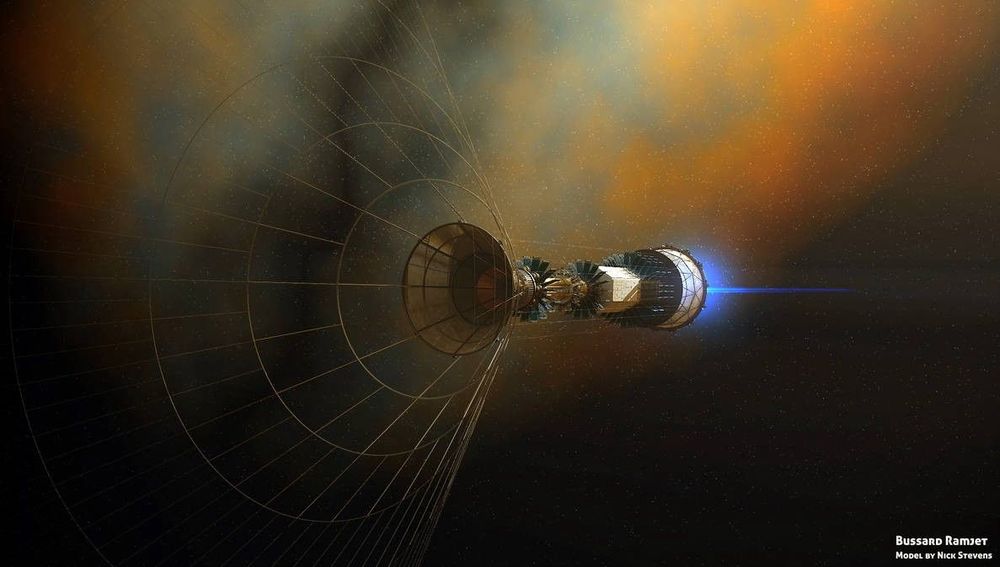
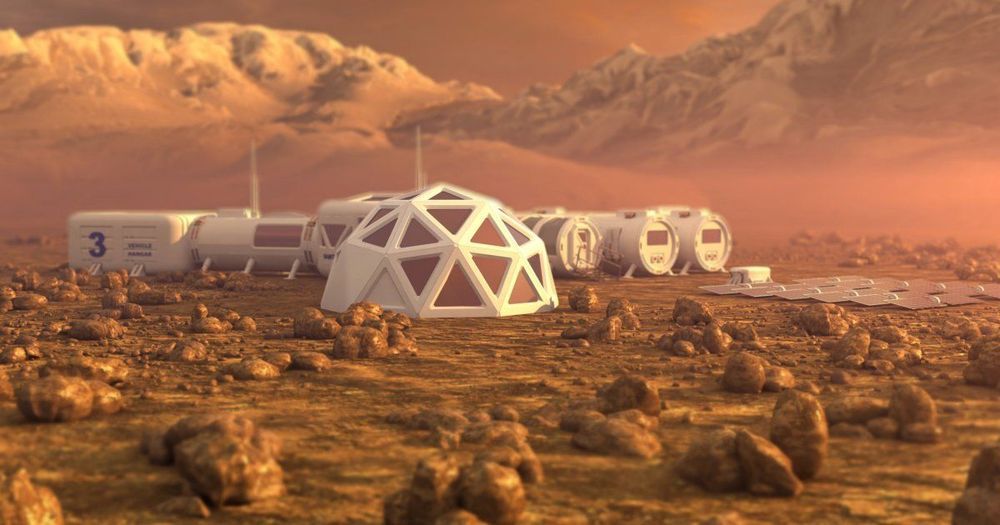
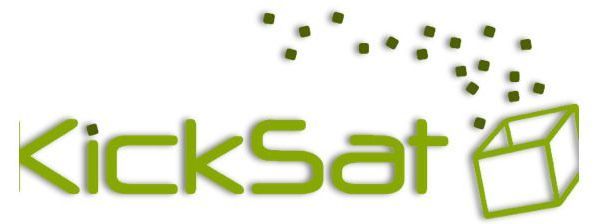
KickSat: Our goal is to dramatically lower the cost of spaceflight, making it easy enough and affordable enough for anyone to explore space
We can do this by shrinking the size and mass of the spacecraft, allowing many to be launched together.
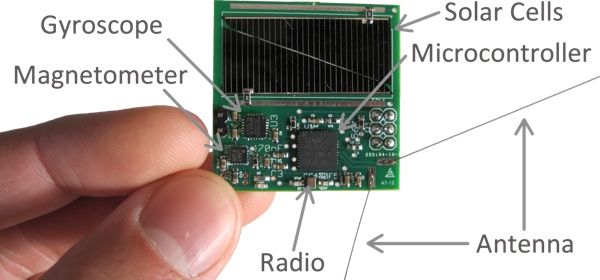
The Sprite is a tiny (3.5 by 3.5 centimeter) single-board spacecraft. It has a microcontroller, radio, and solar cells and is capable of carrying single-chip sensors, such as thermometers, magnetometers, gyroscopes, and accelerometers. To lower costs, Sprites are designed to be deployed hundreds at a time in low Earth orbit and to simultaneously communicate with a ground station receiver.


Atomic Rockets
 Among science fiction stories with space flight, the overwhelming majority are about combat, both between spacecraft and between futuristic ground troops. Not to mention the occasional starship marine assault trying to board a hostile ship while in flight. Yes, there are a few non-combat stories, mostly about exploration, but space combat is here to stay.
Among science fiction stories with space flight, the overwhelming majority are about combat, both between spacecraft and between futuristic ground troops. Not to mention the occasional starship marine assault trying to board a hostile ship while in flight. Yes, there are a few non-combat stories, mostly about exploration, but space combat is here to stay.
This is just the natural continuation of the process of militarisation of space
Which naturally leads to questions about the space branch of the military of various nations. The “astro-military” in other words. Some may start out as a subdivision of an existing branch and eventually grow large enough to split off (such as how the US Army Air Corps spit off to become the US Air Force in 1947). Some may grow large enough to absorb other branches of the military, others may be reabsorbed into other branches. In William Keith’s Galactic Marines series one of the themes of the early novels is how the US Marines fight being absorbed or eliminated. Their solution is diversifying their mission to include performing assaults on Luna and Mars.
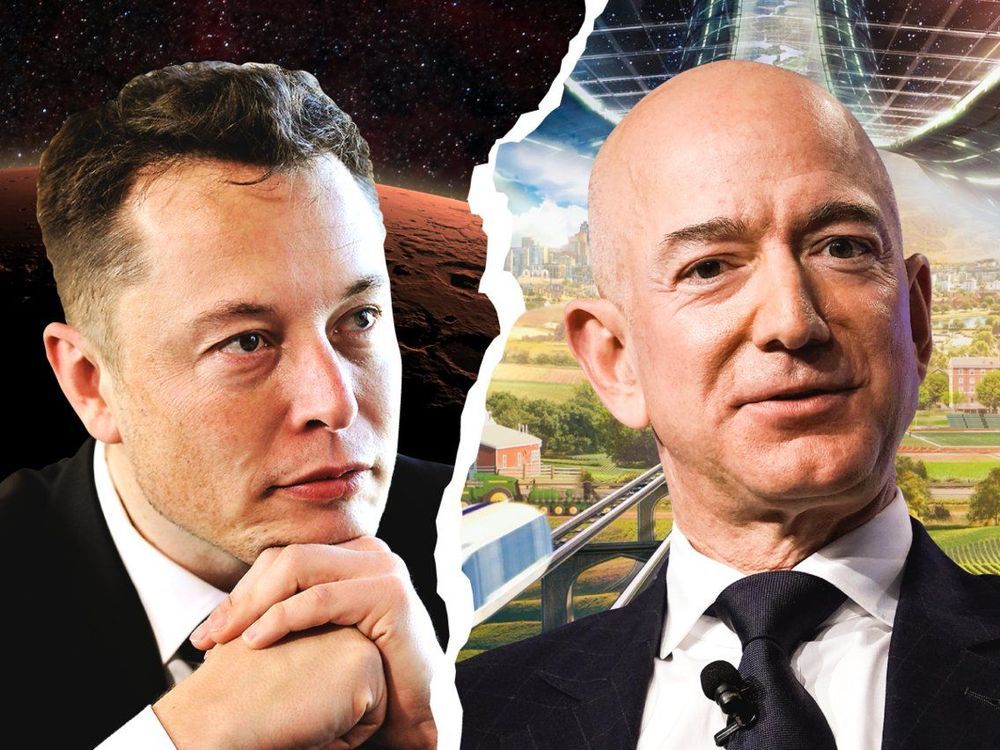

China rockets to forefront of global space race with sea launch success
The launch was expected to encounter many technical and engineering challenges, including simplified procedures for pre-launch testing, the rocking motion of the ship and heat dissipation in a confined space.
China has become the first nation to fully own and operate a floating launch platform for its space missions.